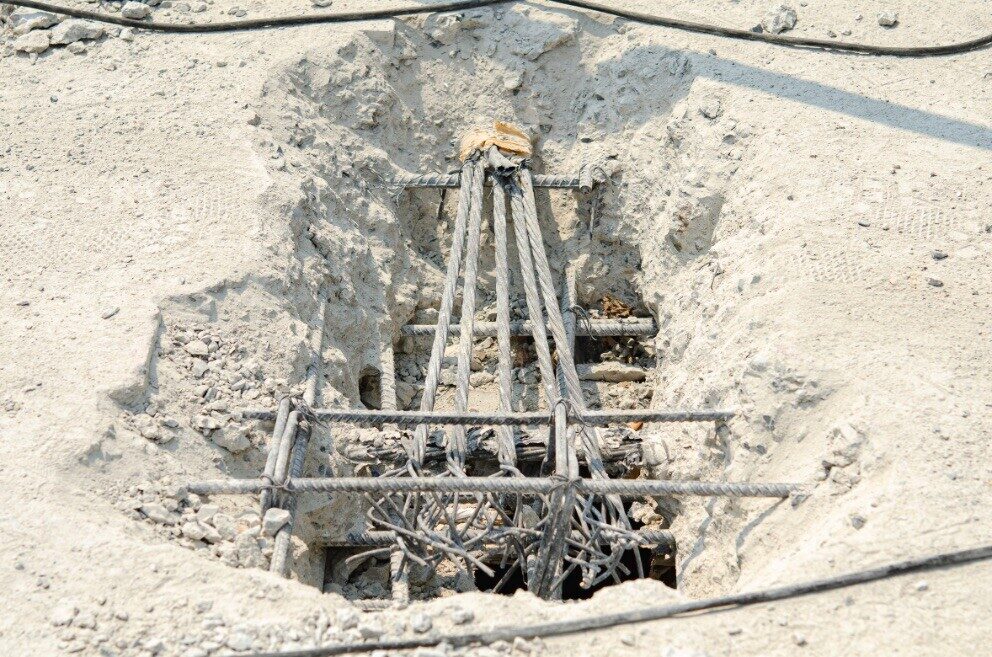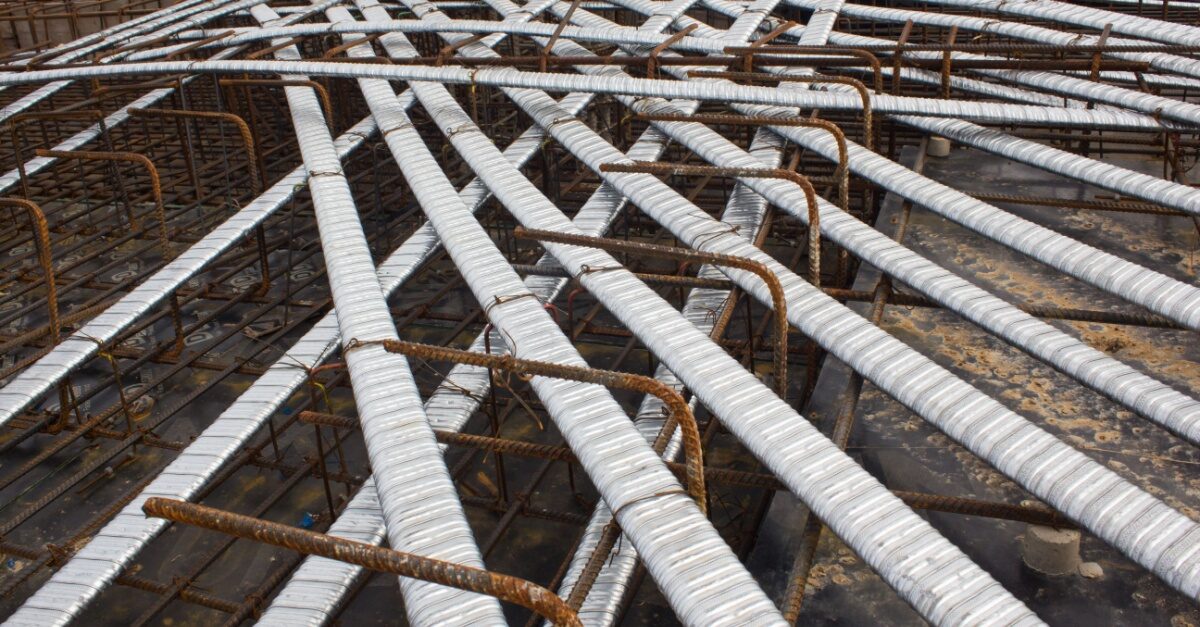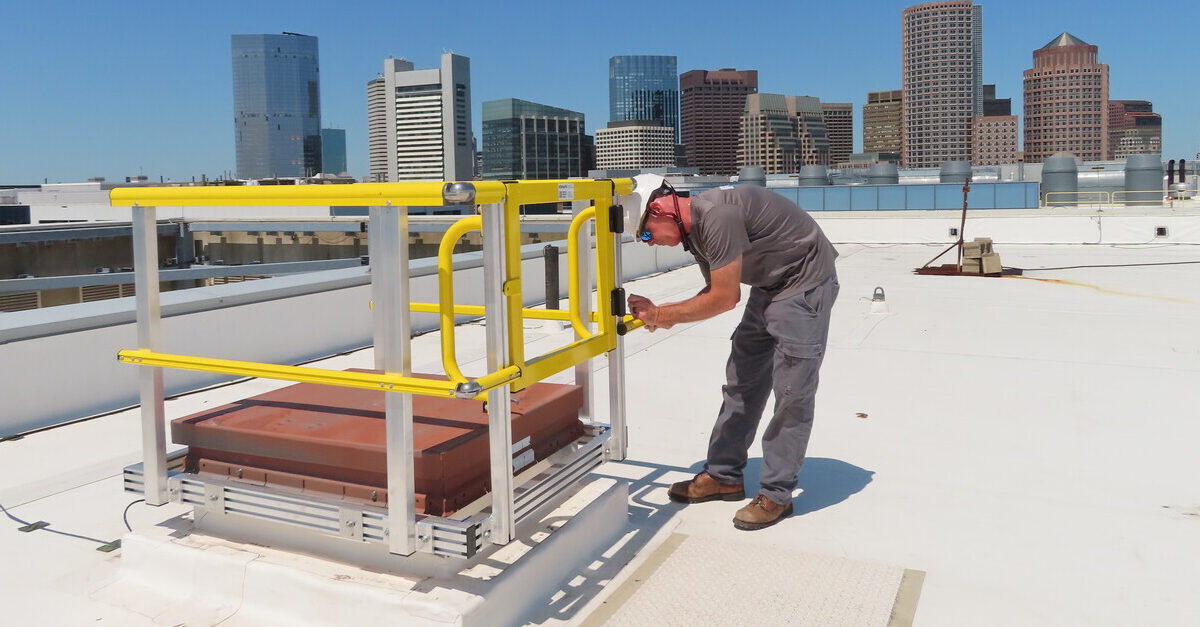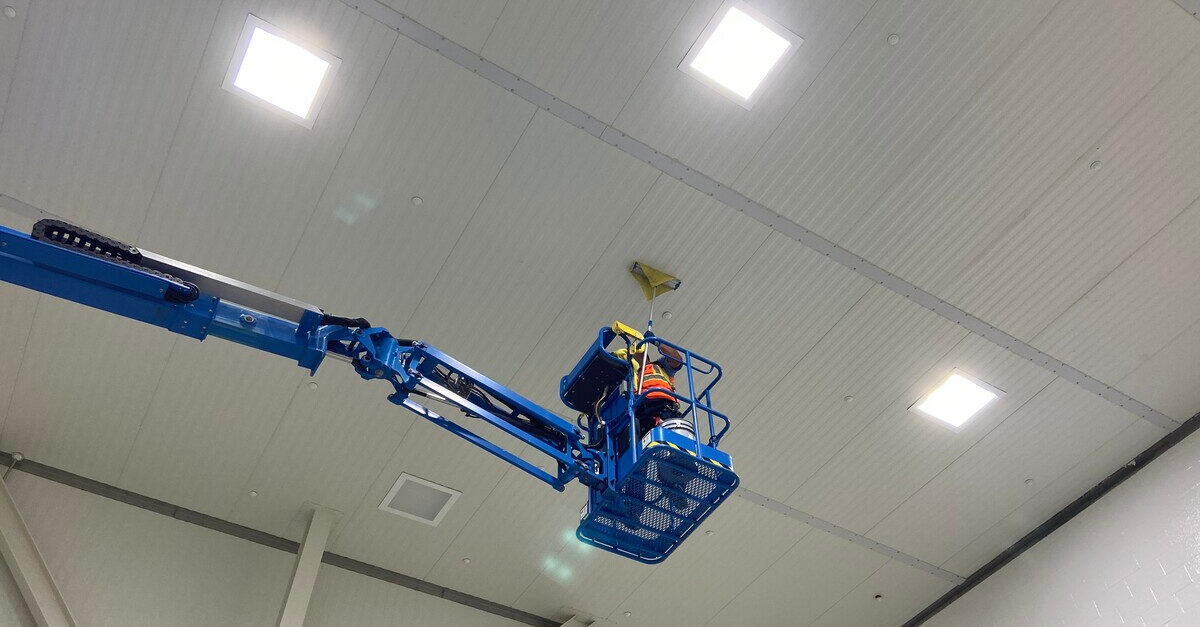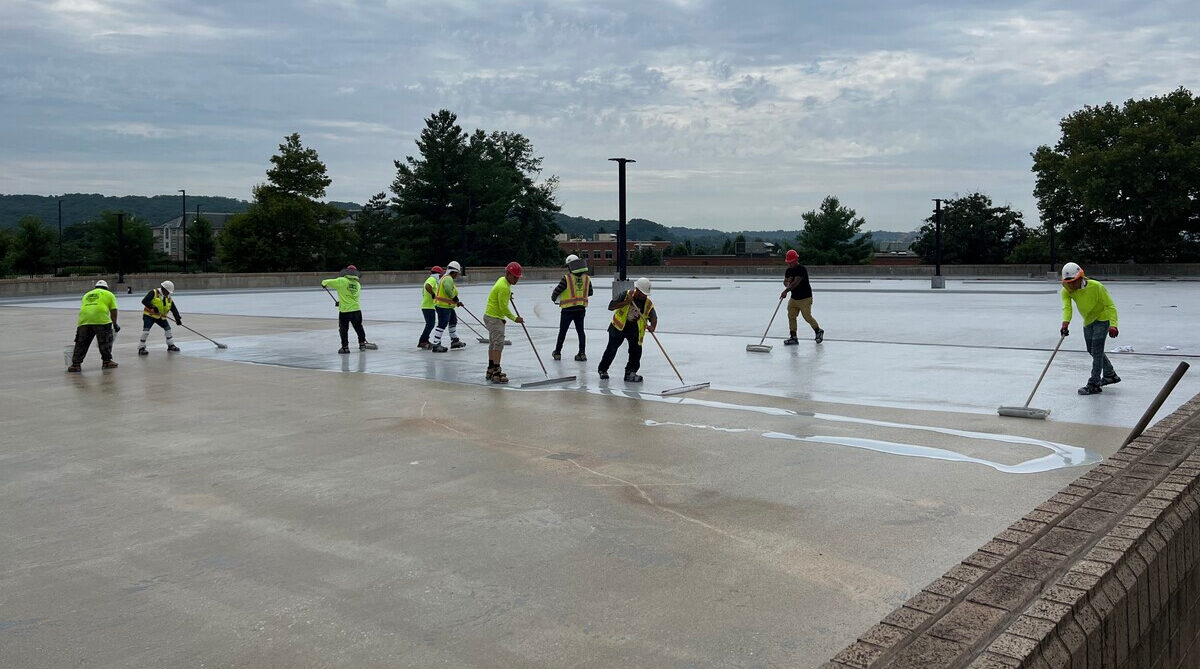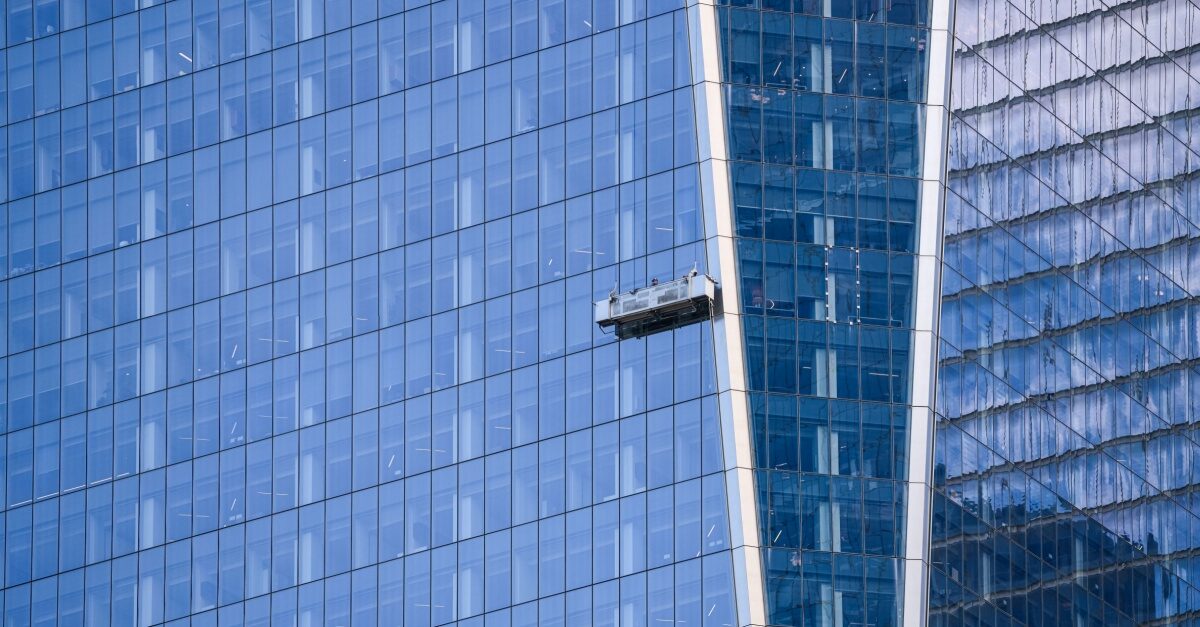Large Canopy & Tensile Structure Cleaning
Your property’s large canopies and tensile structures do more than provide shade or shelter—they play a major role in your guests’ first impression. Yet they can be challenging to maintain....
Read MoreRooftop Safety Audit: Start Your Path to Fall Protection Compliance
Falls, slips, and trips are a leading cause of workplace injuries across all general industry environments, and property management teams are no exception. Whether on rooftops, in stairwells, mechanical spaces,...
Read MoreCanopy & Awning Cleaning: Expert Answers to FAQs
Canopies and awnings may take up a small share of your maintenance budget, but they make a big impact. Neglecting them accelerates deterioration and leads to premature replacement. When fabric...
Read MorePost-Tension Repair: Common Concrete Problems & Myths of Post Tensioning Debunked
Post-tensioned concrete systems have become the backbone of modern commercial construction. You’ll find them in virtually every high-rise, parking structure, and mixed-use development today, and for good reason: Post-tension slabs...
Read MorePost-Tensioning Systems Bolster Disaster Prevention
Post-tensioning systems play a vital role in strengthening concrete for commercial buildings, high-rises, and parking garages. By embedding tension cables tightened after curing, these systems improve durability and load-bearing capacity....
Read MoreTop OSHA Violations for 2025: Is Your Workplace Compliant?
OSHA violations are more than just paperwork errors — they can cost property teams thousands in fines and, more importantly, put workers at risk. Each year, OSHA releases its list...
Read MoreBeyond the Basics: Specialty Cleaning Services That Extend Your Building’s Lifespan
Some cleaning jobs go beyond the scope of everyday maintenance. When your property needs attention after construction, precision cleaning in sensitive areas like data centers, or exterior care such as...
Read MoreWinter-Proof Your Property: 5 Waterproofing Solutions That Work
Winter brings more than cold — it intensifies damage through freeze-thaw cycles, de-icing salts, and wind-driven rain. For property managers, owners, and engineers, this raises urgent questions about how to...
Read MoreThe Tallest Challenges: Window Cleaning for Skyscrapers and High-Rises
As cities race skyward, the demand for safer, smarter high-rise window cleaning solutions is growing just as fast. Today, there are more than 900 skyscrapers taller than 150 meters in...
Read More


